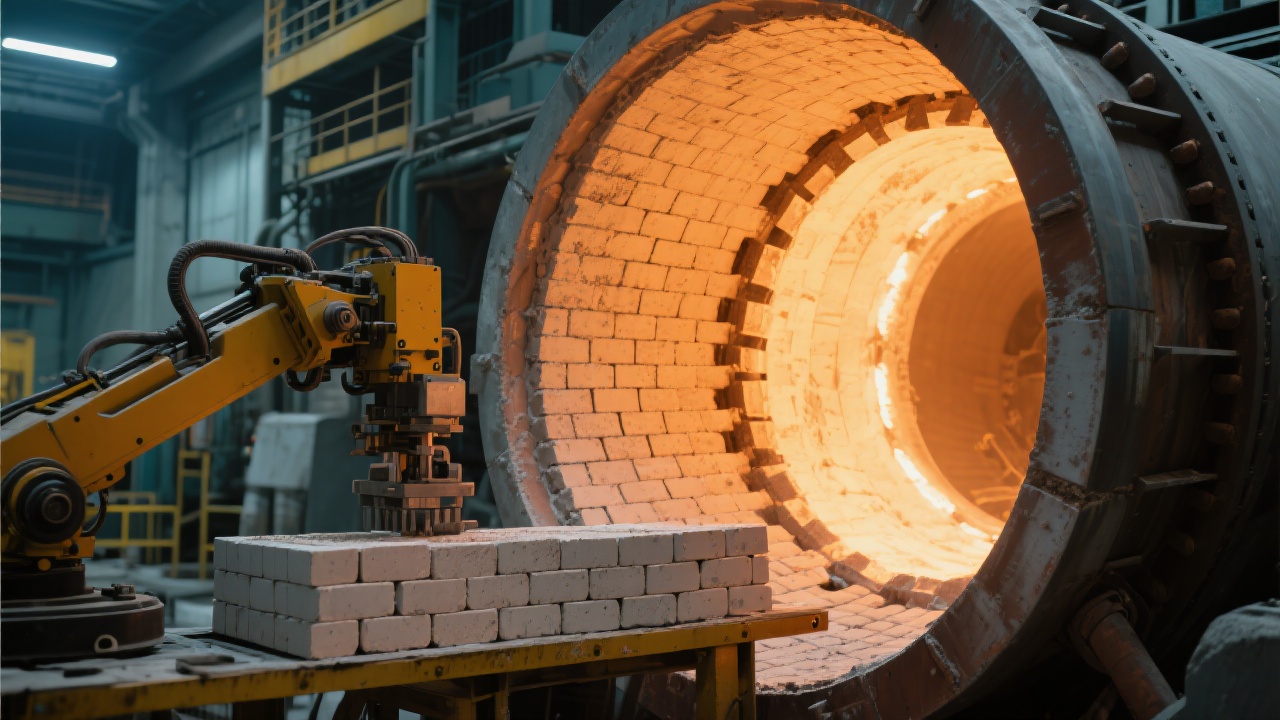
In the global steelmaking industry, large cast silica bricks are critical components in ladle linings—resisting extreme temperatures up to 1600°C and ensuring consistent molten metal flow. But many international buyers don’t realize that the real performance difference between suppliers lies not just in raw materials, but in how precisely the drying and firing stages are controlled during production.
High-purity silica (≥95%) from natural quartz sources is essential. In one case we worked with a European steel plant, using lower-grade silica led to premature cracking after only 40 heats—costing them €18,000 in downtime. The key takeaway? Raw material consistency directly impacts thermal shock resistance and structural integrity.
The process begins with mixing fine silica powder into a slurry with water and binders like sodium silicate. This mixture must be homogeneous—a simple test: if it settles too fast or forms clumps, the final brick will have weak spots.
Next comes manual pouring into plaster molds—an old-school method still used for complex shapes (like those needed for ladle corners). Here’s where temperature control becomes crucial:
| Stage | Temperature Range | Impact on Performance |
|---|---|---|
| Initial Drying (Room Temp) | 25–40°C | Too fast = surface cracks; too slow = mold damage |
| Intermediate Drying (Low Heat) | 60–100°C | Removes free water without stress buildup |
| Final Firing (High Temp) | 1200–1450°C | Determines density, strength, and refractoriness |
Our team at a major Chinese manufacturer uses precise kiln profiles based on ISO 18750 standards. For example, maintaining a ramp rate of ≤5°C/min during the final firing phase reduces microcrack formation by over 60%, as confirmed by X-ray diffraction tests.

A client in Germany reported high failure rates in their ladle bricks after switching suppliers. We analyzed their logs and found inconsistent drying temps—some batches were dried at 75°C, others at 95°C. After implementing our controlled drying protocol, they reduced brick failures by 78% within three months. Their maintenance costs dropped from €22k/month to €6k/month.
We inspect every batch using non-destructive testing (NDT) methods such as ultrasonic wave analysis and porosity measurement. Each brick undergoes visual inspection under UV light to detect hidden flaws. These steps ensure that what you see in the catalog matches what arrives at your facility.
If you're sourcing large cast silica bricks for high-temperature applications—whether in steel, glass, or cement industries—we invite you to explore how our precision-controlled manufacturing can improve your operational efficiency and reduce costly downtime.
Get Your Customized Technical Specification Sheet Now

